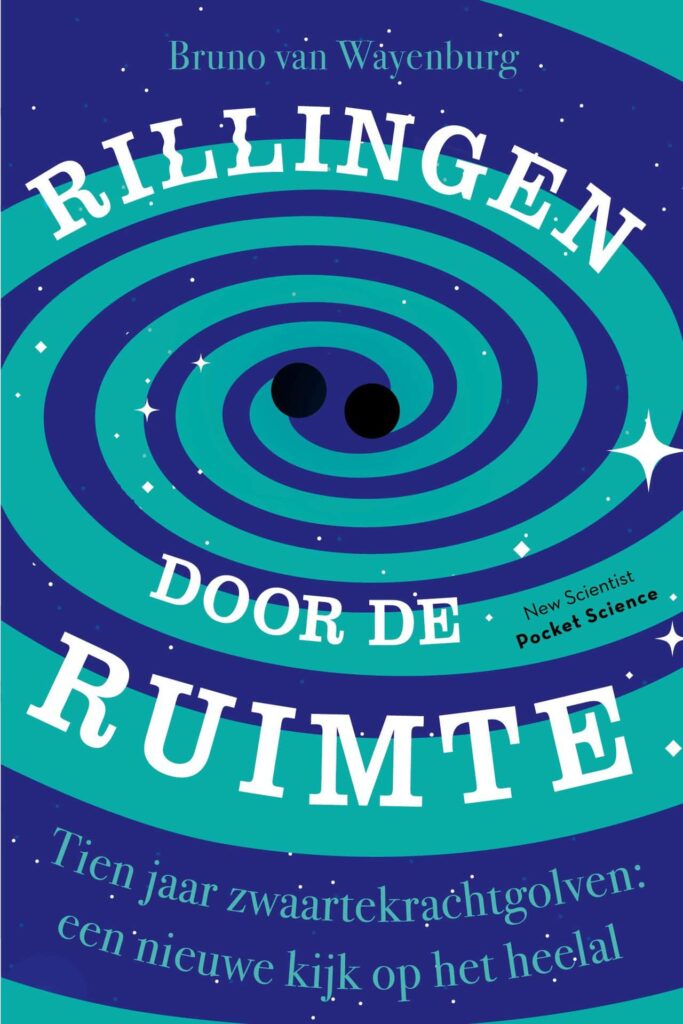Shivers through space
Science has something to celebrate: Sunday 14 September marks exactly ten years since the first gravitational waves were measured. It was the American gravitational wave detector LIGO that made this discovery. Albert Einstein’s prediction in 1916 about the existence of gravitational waves, part of his general theory of relativity, was thus proven on this historic day in September 2015.
Nobel Prize
The big news would remain secret for another five months. In February 2016, the world was allowed to know: during simultaneous press conferences in the United States, the Netherlands, Italy and France, the discovery was announced to the world. Almost all television stations opened their news broadcasts with it. A tremor went through the scientific world as if it were a gravitational wave itself.
Inevitably, the 2017 Nobel Prize in Physics was awarded to Americans Rainer Weiss, Barry Barish and Kip Thorne for their groundbreaking research into the observation of gravitational waves.
2025
Back to the present, to 2025. In many places in the scientific world, people are reflecting on that extraordinary news from ten years ago and its significance.
It is no coincidence that a few days before the “anniversary” on 14 September 2025, there was more scientific news to report. This week, it was announced that Stephen Hawking’s prediction that black holes can only grow had been confirmed thanks to precision observations with LIGO (Laser Interferometer Gravitational-Wave Observatory). A new milestone, exactly ten years after the first detection of gravitational waves with LIGO.
Overview
The tenth anniversary of the first gravitational wave measurement led and continues to lead to meetings, symposiums and convivial get-togethers. These events also look to the future, including the significance of that first measurement in 2015 for the upcoming third-generation gravitational wave detector: the Einstein Telescope.
In a few days’ time, our scientific partner Nikhef in Amsterdam will host a book presentation on ten years of gravitational waves. In “Rillingen door de ruimte” (Shivers through space), science journalist Bruno van Wayenburg describes how Einstein first predicted gravitational waves, how scientists tried to detect them for decades and what happened in the ten years after 2015. Van Wayenburg also describes what we can expect in the near future and what role the Einstein Telescope can play in this.
A fascinating overview (in Dutch) that, thanks to its writing style, is also suitable for interested non-scientists.



